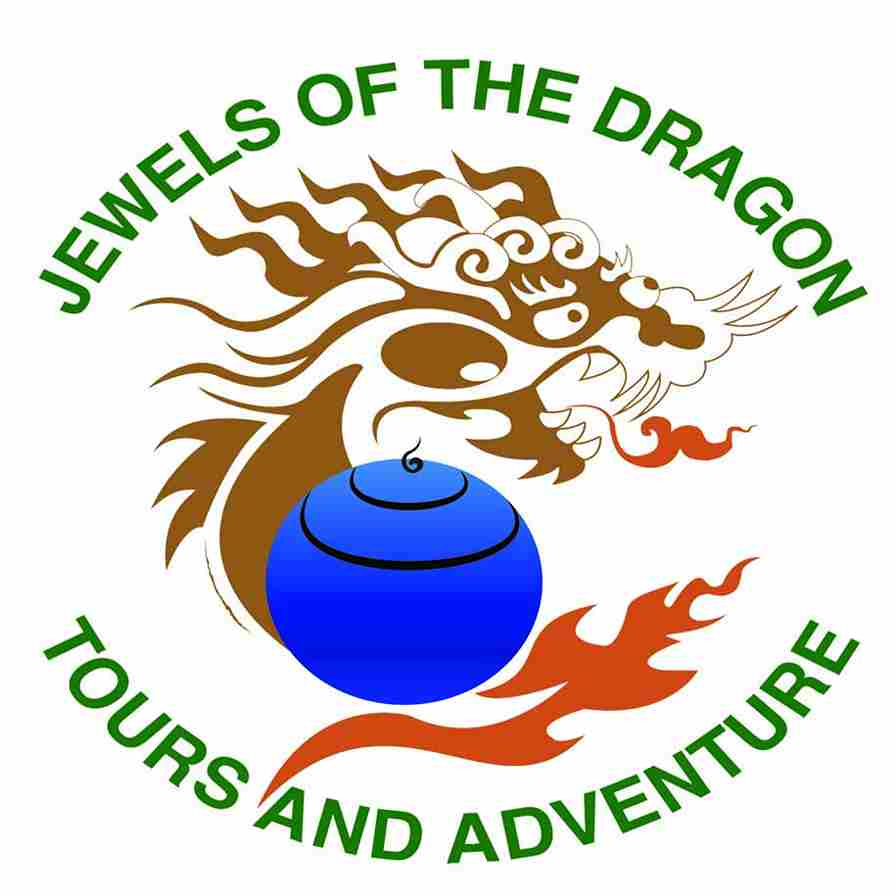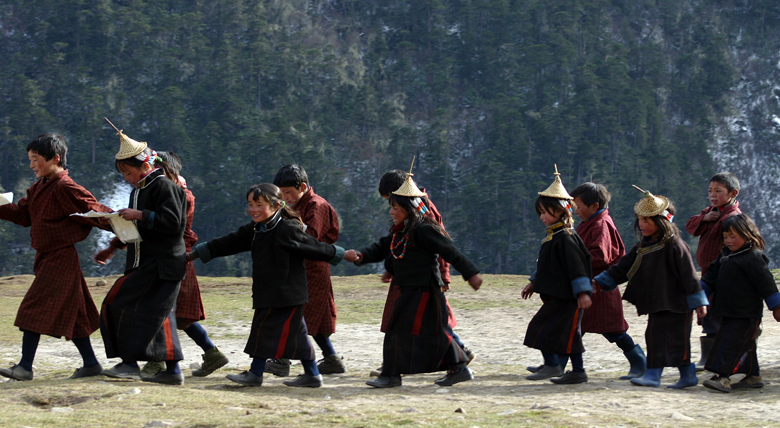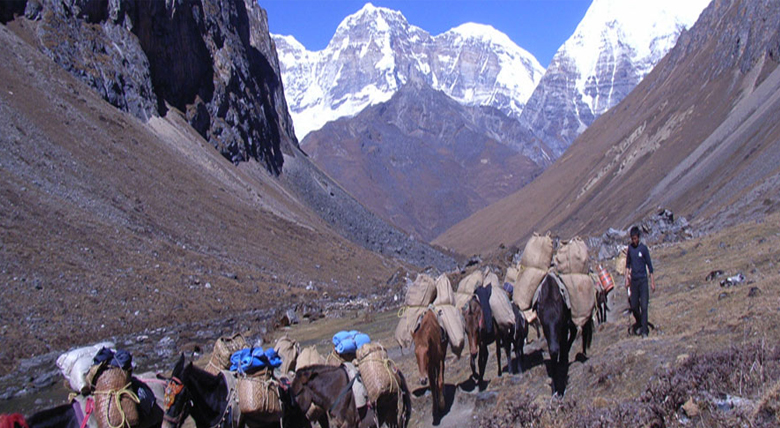Merak & Sakten Trek
Merak & Sakten in Tashigang Dzongkang, are two places in Bhutan which has remained closed to tourism. However starting September 2010 the government will officially open this beautiful part of the country to tourism.
Merak and Sakteng both lie in the Sakteng Wildlife Sanctuary, created to preserve the Yeti, the abominable Snowman, known as the Migoi by the locals. Merak lies along the Nyera Ama Chu River, while Sakten lies along the Gamri Chu River. The only way to access Merak & Sakteng is by foot. The road will only take you so far as Rhadi, which is about 45 minutes drive from Tashigang town, and from here it takes 2 days walk to reach Merek and 2 days walk to reach Sakteng and it takes a full day’s walk or 2 days walk to walk between Merek & Sakteng. Therefore the Merek & Sakteng trek takes full 5-6 days walk from Rhadi, Tashigang.
The inhabitants of Merak & Sakteng are known as Brokpas, one of Bhutan’s most remote tribes. You will be able to instantly spot a Brokpa in a crowd as the women always wear a red and white long silk poncho- tied around their waist, red silk jacket decorated with animal designs and and the men wear red woolen longer shirt tied on the waist with a black leather trousers under it. Both men and women wear black felt caps that have 5 pointy fringe like protruding from it.
Secluded in the mountains of the Eastern Bhutan, Merak and Sakteng have remained unchanged for many years. Like the rest of Bhutan, age old traditions are still very much alive today here in Merak and Sakteng. However unlike the rest of the country, modernization like motor road, electricity and huge concrete buildings have yet to reach this treasured gem in the mountains.
Travel Itinerary
Travel Itineraries and arranged tours are subject to change at any time due to unforeseen circumstances or circumstances beyond JDTA control.
Day 1 (Trashigang - Chhaling
The trek to Merak will start from Chaling and the feeder road goes up to Chaling from Rangjung. The feeder road from Rangjung to Chaling is about 15 kms which takes about 1 hour by car. The first halt will be at Damnongchu. Damnongchu camping area is located after Mindrula which lies about 10,880ft above sea level.
Day 2 (Damnongchu)
The trail from Damnongchu to Merak goes along the river bank with gradual ups and downs. The final stretch is a very gentle incline after which you enter Merak village. The campsite, located before the village, has spectacular views of the nearby mountains and the village. There is also a guesthouse where tourists can stay if they choose not to camp.
Day 3 (Merak)
The trek from Merak to Miksa Teng is of medium difficulty. It will pass through the beautiful Nagchungla pass. Right after the Nagchungla pass descend, the trek is mostly along the river and there is a small climb before reaching the village of Sakteng. The campsite is located in a clearing surrounded by rhododendron trees. It is beautiful when the flowers are in full bloom.
Day 4 (Miksa Teng)
Trek to Sakteng from Miksa Teng is easy making your way through beautiful woods with a short climb before reaching Sakteng but it is not very difficult. If lucky, trekkers may be able to spot a red panda among the trees. The Sakteng campsite is located on the outskirts of the village. Sakteng also offers trekkers the option of spending the night in a guesthouse instead of camping.
Day 5 (Jyonkhar Teng)
Sakteng to Jyonkhar Teng trek is an easy trek compared to the previous treks. It is mostly downhill and walking on a plain path. Some trekkers can also make it to Phongmay or Radhi but a halt in Jyonkhar Teng is recommended. Jyonkhar village is located few minutes walk from the campsite. Jyonkhar also has a community school. Jyonkhar Teng campsite is located near a river.
Day 6 (Phongmey)
The trekkers are highly recommended to either stay in Phongmay or Radhi. This is because of many attractions and beautiful villages in these two places. Radhi, popularly known as the ‘Rice Bowl” of the east is also popular for wool textiles called Bura weaving.




